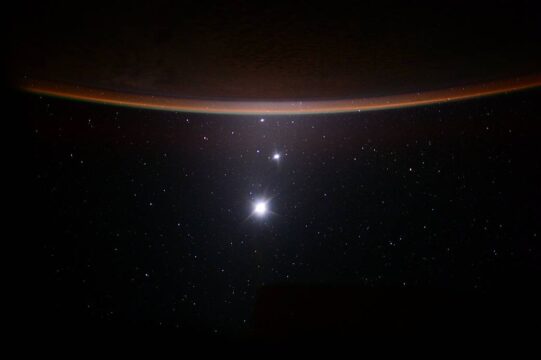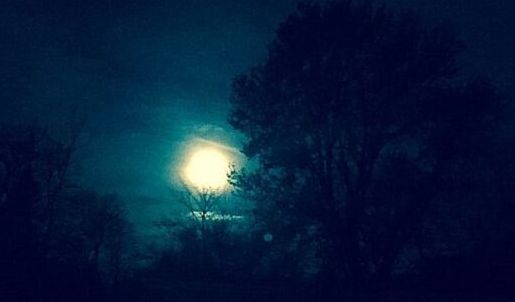
Look up Tuesday night, March 27 (best night) and all this week for what appears to be a parade of five planets, Mercury, Jupiter, Venus, Mars and Uranus, plus the moon and star cluster M35.
See them live on EarthSky. Or follow what NASA Astronomer Bill Cooke said, “Look at the western horizon right after sunset.”
OK, accept the challenge and find an unobstructed view of the western sky away from electric lights. The setting sun will still be a problem but give it a shot.
The first two planets to look for are Mercury and Jupiter but don’t wait. They set about half an hour after sunset. Jupiter will appear brighter than Mercury but both could be a problem because of the fading sunlight. Binoculars might help but you can see them without them . They will appear close together.
Then, look for Venus which always appears to be bright. When looking at Venus you might see Uranus as a pale green color dot to the upper left.
Find Mars. It ls not as visible as it was in November when closer to earth. However, look for the moon then check out the bright, yellowish orange dot at the upper left of the moon.
For the M35 star cluster look for its Geminit constellation.
For more information on this unusual parade visit Space.

Next Full Moon
A week after the planet parade the Pink Moon will dominate the sky.
It will be full April 5-6, reaching full illumination at 12:37 a.m. ET April 6 but will appear full April 4-7. The best time to appreciate how large it will look is at it rises
The Old Farmer’s Almanac talks about the color pink and other names. Pink is supposed to be for the color of wild flowers appearing in early April.
As the first full moon after the spring equinox (March 20), it is also called the Paschal Moon which sets the date for Easter, this year April 9. The April full moon is also called the Breaking Ice Moon, Budding Moon and Growing Moon.
For more information on when it will appear full in your area visit Time and Date.
